These versatile fruits, which you can grow in your garden, make the perfect ingredients for cooling granitas.
More like “making granitas”: Granadilla Basil Mint Cordial
This semi-frozen Sicilian dessert is similar to sorbet, but with a more crystalline, coarser texture. Where this deceptively simple dessert shines is in the endless choice of flavours, including savoury ones. And to spice them up, add wine or a liqueur.
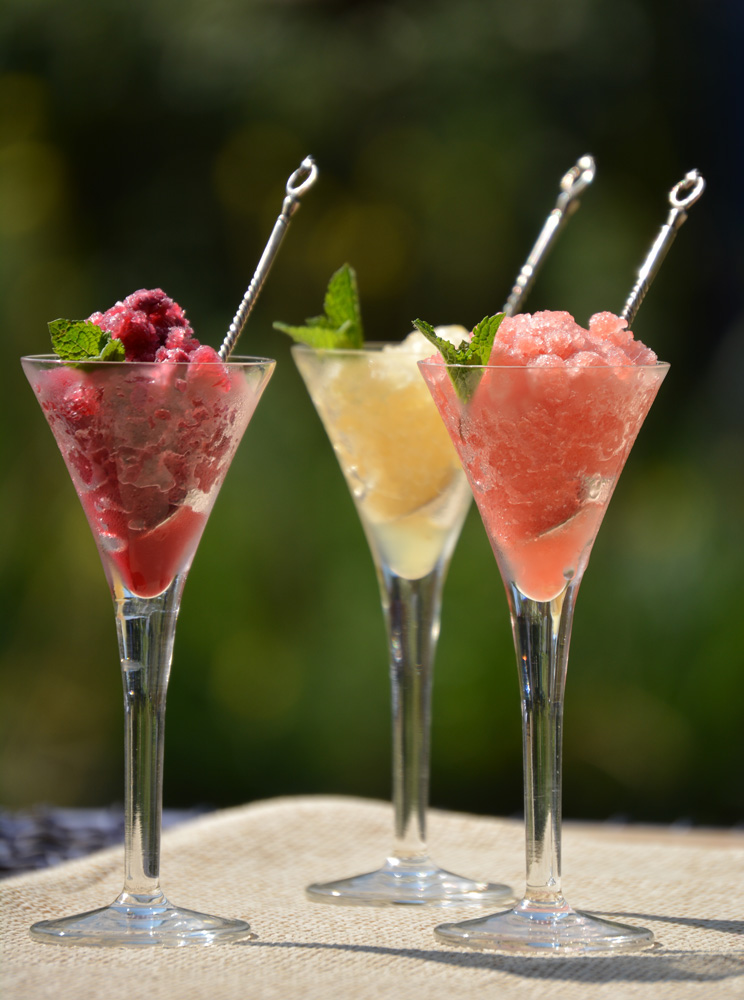
HOW TO MAKE THEM
The beauty of granitas is you don’t need any special ice cream making equipment, just fresh ingredients and time in the freezer. The basic technique is to freeze a fruit purée (or juice) and scrape it with a fork every few hours as it freezes. First make a sugar syrup by mixing equal quantities of sugar and water together and heat until the sugar is dissolved. Remove from the heat and cool. Mix with puréed fruit (sweetness is reduced by the cold, so make it sweeter than you want the final taste to be). Add flavourings and alcohol (not too much otherwise it won’t freeze) and freeze the mixture in a flat baking dish. Every two hours, scrape with a fork, creating a fluffy slushy texture.
READ MORE: STRAWBERRY LEMON SORBET
WHAT TO GROW
TAYBERRIES
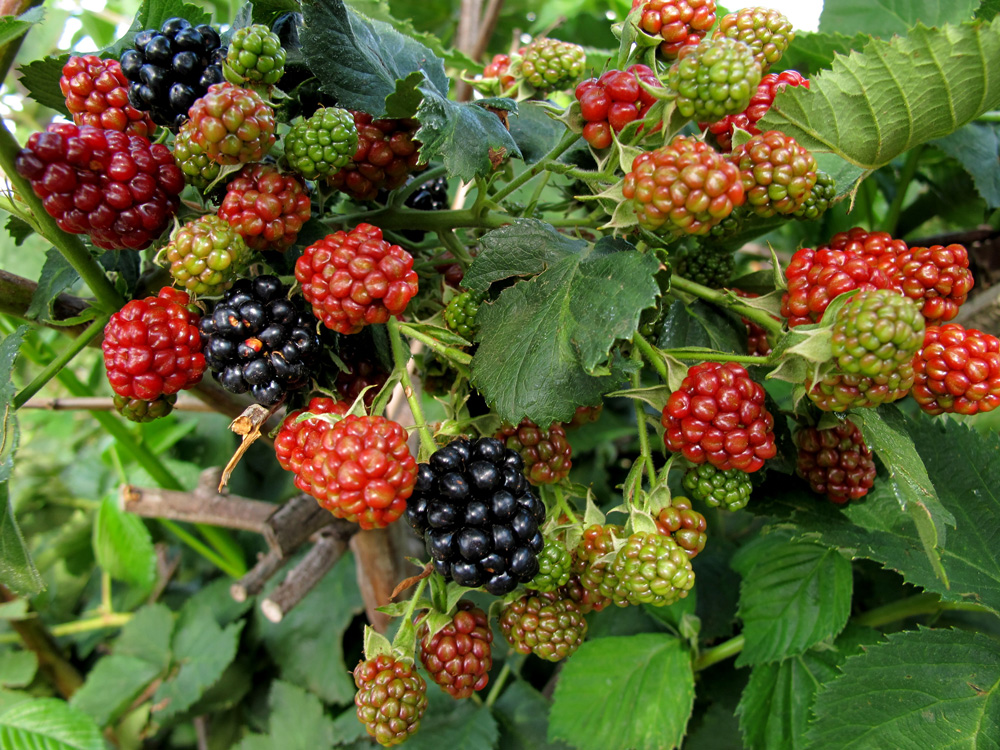
There are various hybrid crosses of the blackberry and raspberry, such as the tayberry. It’s a particularly good hybrid, producing large sweet fruit. It’s not a commercially grown crop as it’s difficult to harvest without bruising. Tayberries prefer full sun or dappled shade. They like well-drained, slightly acidic soil (pH 5,6 – 6,2) and don’t like cold wet feet.
KEEP READING: BERRY, HONEY, LIME & VANILLA ICED TEA
Growing tips: Tayberries ramble if left unchecked. To prevent this, place poles along either side of a narrow bed and use wire or string to create two parallel fences. Plant the canes 30cm apart. As they grow, contain their growth within the fences. In late winter or early spring, cut the canes back to encourage new growth in spring.
PEARS
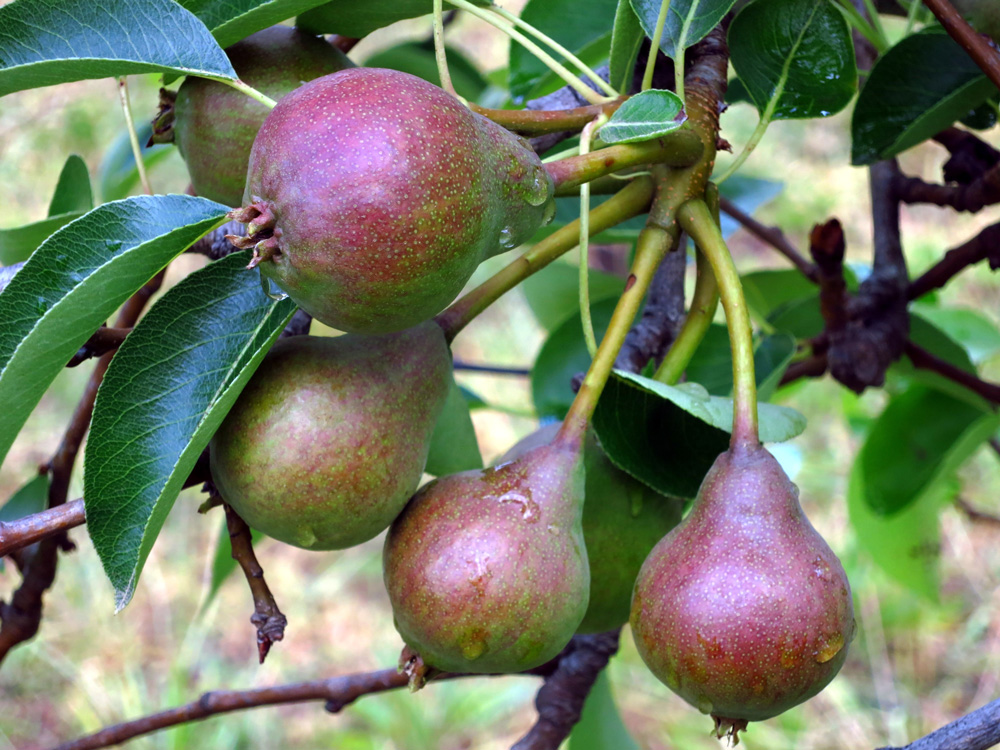
Pears enjoy cold winters and mild summers. They flower early in spring and need protection in areas with late frosts. There are a few self-fertile varieties, but most of the tastier ones need a pollinator.
KEEP READING: STEAMED PRAWN & PEAR SALAD
Growing tips: They respond well to pruning and can be trained into a variety of shapes. They also do well, pruned, in a large container. Good companions are alfalfa, clover and grass – although lawn should preferably be grown underneath only once the tree is established.
APPLES
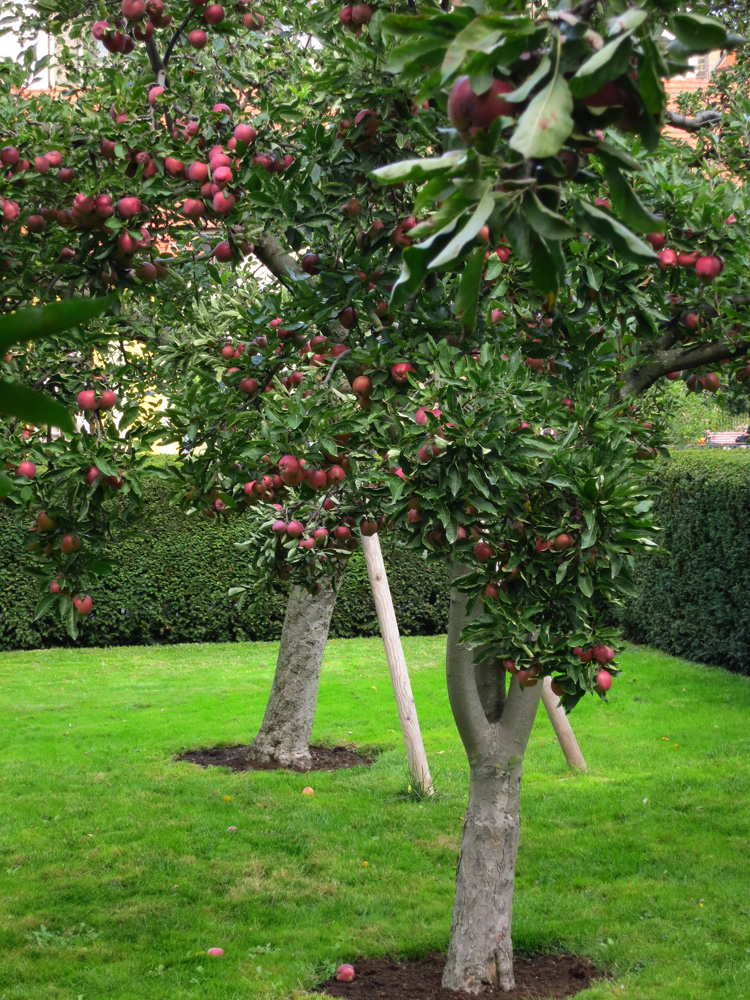
Apples are hardy trees growing up to 10m high. They’re suitable for small gardens if pruned or espaliered. Although there are some self-pollinating varieties, most need a pollinator. Apples prefer fertile, loamy soil. They don’t like being waterlogged nor damp, frosty corners. They need cold winters and mild summers.
READ MORE: APPLE CRUMBLE
Growing tips: Apples need to be pruned for their first three winters to create an open vase shape that allows light in. Thereafter prune lightly every winter to maintain the shape. Fertilise in spring with Talborne’s Vita Fruit & Flower (3:1:5). Good companions to plant under apples are chives, nasturtiums, stinging nettles and tansy.
WATERMELONS
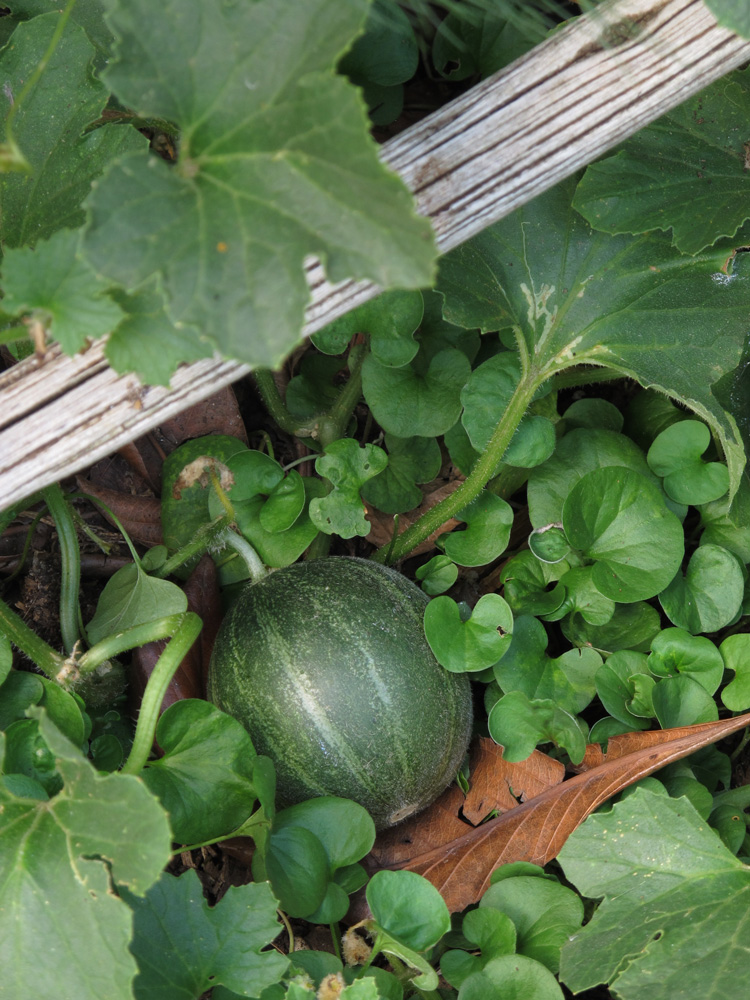
Although these are rambling plants, by choosing smaller varieties and using tripods, these delicious summer fruits can be grown in smaller spaces.
TRY THIS: PARMA HAM, WATERMELON AND TOMATO SALAD
Growing tips: All melons like very fertile soil and do well in humid environments. Enrich the soil with well-rotted manure before sowing seeds. They need plenty of water and sunshine. To encourage earlier fruiting, pinch out the growing tips of the vine. If growing them up a tripod, support the fruit with a ‘hammock’ made by tying an old T-shirt or stocking under the fruit.
POMEGRANATES
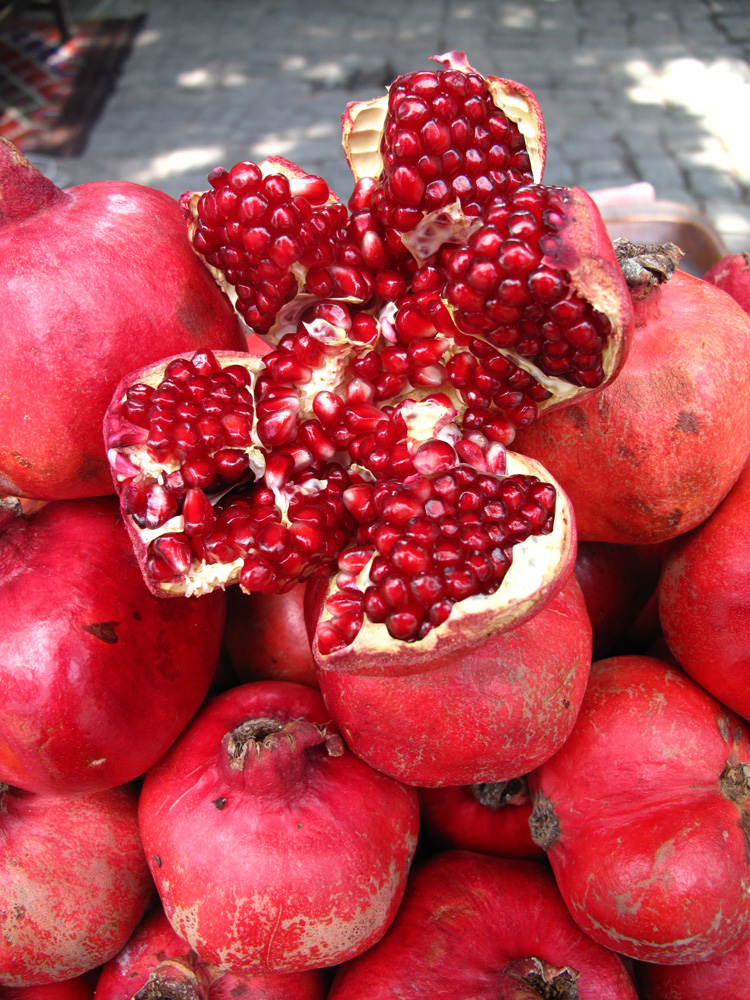
A sprawling tree with antioxidant-packed fruit, the pomegranate grows up to 5m high with stiff, spiky branches and leathery leaves. It’s suited to Mediterranean climates with warm, dry summers and cool, wet winters. However, it can grow in a variety of climates and is self-pollinating.
YOU MIGHT LIKE: Moroccan orange and pomegranate salad
Growing tips: Pomegranates need full sun, well-drained soil and benefit from plenty of well-rotted manure and compost being added to the planting hole. They are drought resistant, but regular watering will prevent fruit from cracking. Prune in the first winter to develop a strong framework of three to five branches.
TRY THESE FLAVOUR COMBINATIONS
Pear and vanilla
Flavour sugar syrup with vanilla and mix with puréed ripe pears. Peel and core the pears first.
Watermelon, apple and vodka
Replace the sugar syrup with apple juice and mix with blended watermelon (remove all pips first). Flavour with vodka and lime juice.
Pomegranate and tequila
Mix fresh pomegranate juice with sugar syrup. Flavour with tequila and lime.
Berry and rosé wine
Mix sugar syrup with puréed tayberries and raspberries. Flavour with rosé wine and mint.


